Introduction The musculoskeletal system comprises muscles, ligaments, and tissues surrounding the skeletal structure and vital organs. These components have various functions, including transporting blood and nutrients throughout…
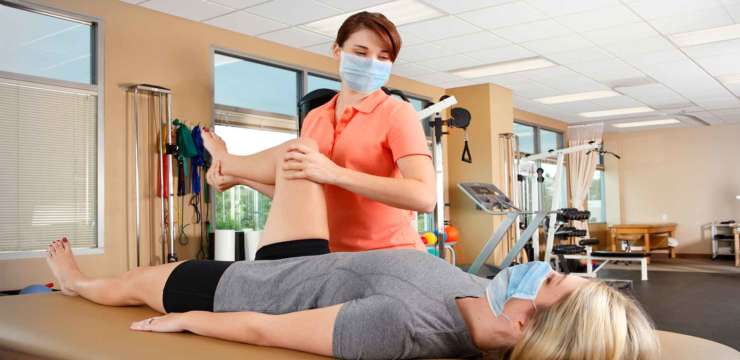
Aside from exercise, mobility & flexibility are two of the key components the human body needs to retain proper function throughout its structures. The bones, muscles, ligaments, tendons, and other tissues work together to allow a range of movement and maintaining proper fitness. This, along with and a balanced nutritional diet, can help keep the body functioning properly. Great mobility means executing functional movements with no restrictions in the range of motion (ROM).
A flexible person can have core strength, balance, or coordination but cannot perform the same functional movements as a person with great mobility. Remember that flexibility is a mobility component, but extreme flexibility really is not required to perform functional movements.
Maintaining these abilities is key to being mobile in old age. Without mobility and flexibility, an individual will not be able to tie their own shoes or walk to the mailbox. According to Dr. Alex Jimenez’s compilation of articles on mobility and flexibility, individuals who don’t stretch their body often can experience shortened or stiffened muscles which decrease their ability to move effectively.

Introduction The musculoskeletal system comprises muscles, ligaments, and tissues surrounding the skeletal structure and vital organs. These components have various functions, including transporting blood and nutrients throughout…

Introduction Regarding the musculoskeletal system, the various muscles, tissues, and ligaments help protect the spine and vital organs that make the body functional. These muscles…
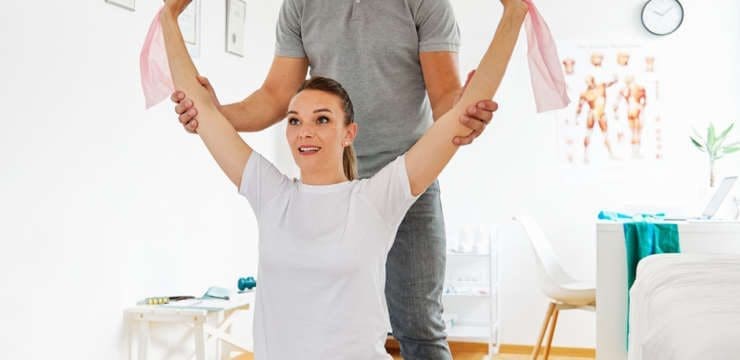
Sitting at a desk or standing at a workstation in the same position for hours at a time every day or night can strain the…
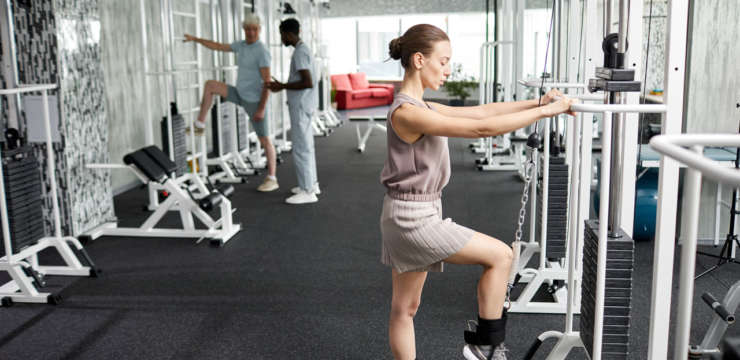
Joints are the musculoskeletal areas where two bones connect. The joints have soft tissues around them, like cartilage, tendons, and ligaments. Cartilage is the flexible…
Body stiffness is common, especially as the body ages. Stiffness can result from intense work, lack of physical exercise, or specific conditions. The reasons vary…
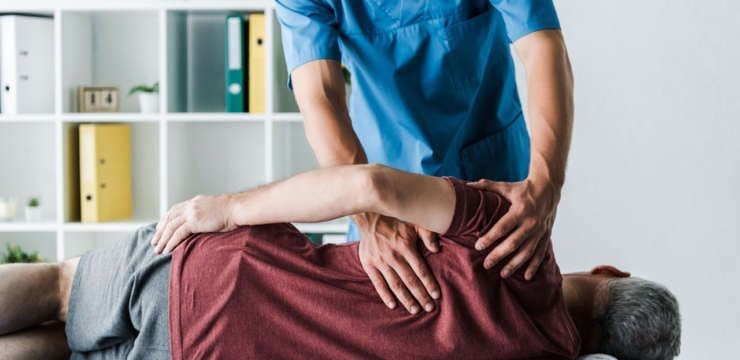
Range of motion – ROM measures the movement around a joint or body part. When stretching or moving certain body parts, like a muscle or…

For individuals with aches and pains after walking, the first thing to check is posture. How an individual holds their body is important in walking…
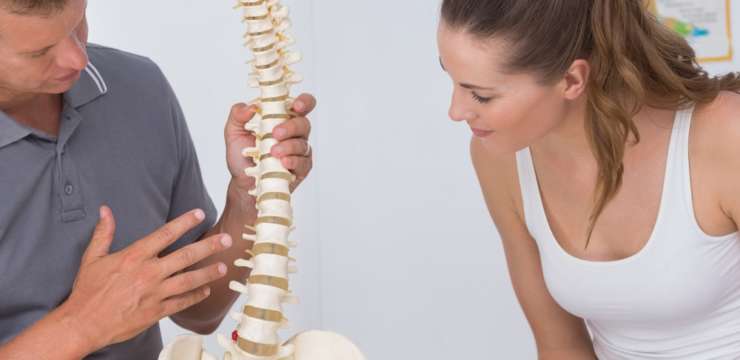
Introduction Misalignment of the spine can occur due to various factors, causing stress and joint shifting. The spine plays an important role by supporting the body’s weight…
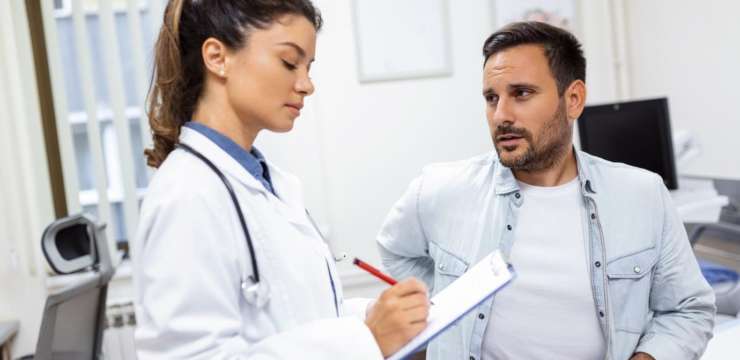
Introduction Many people experience pain daily at some point in their lives. The causes of pain can vary from person to person and can be…
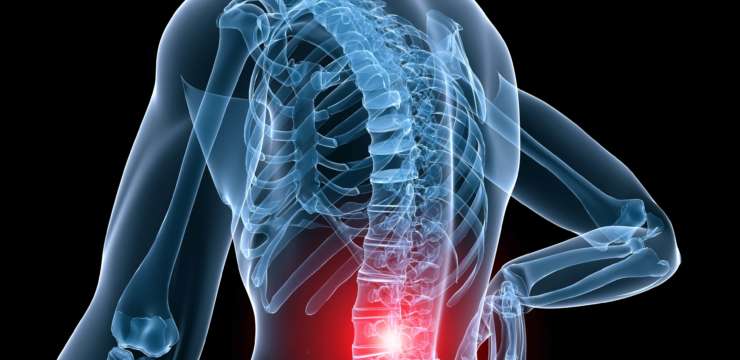
Introduction The human body has muscles surrounding and protecting the spine to prevent pain and disability. The spine is divided into three sections in the body: cervical,…
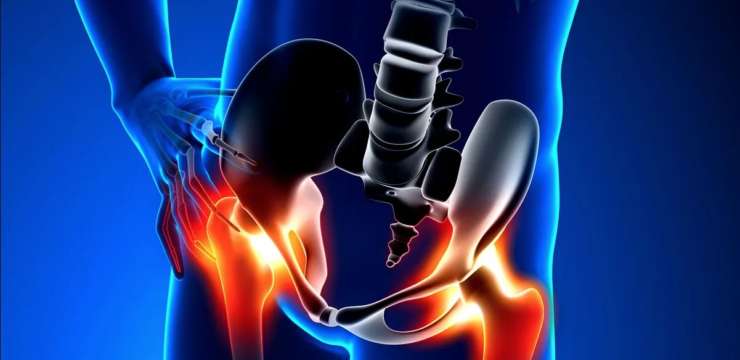
Introduction The hips play a crucial role in maintaining stability and mobility in the body. However, incorrect actions can lead to misalignment and pain in the hip muscles,…
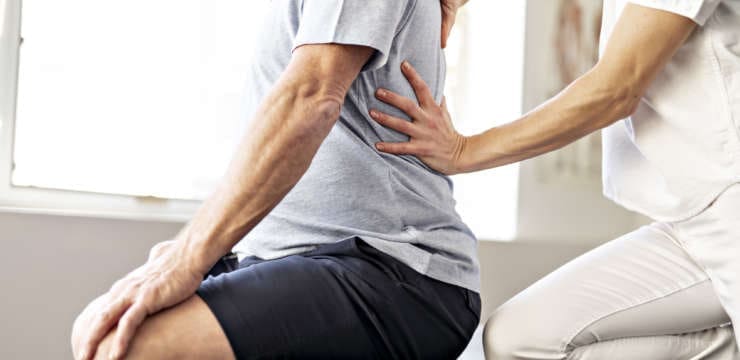
Introduction When it comes to our muscles, many of us often don’t stretch each muscle group at least two to three times per week. From…
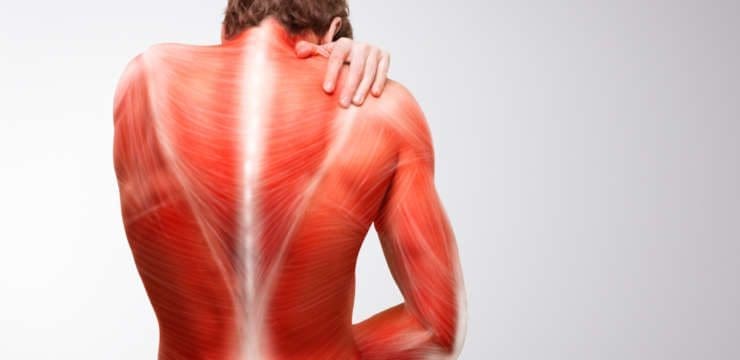
Introduction When the body sustains an injury or a virus, the immune system springs into action by sending out cytokines to the affected area and causes a…

Introduction The various muscle groups in the body allow the host to move around and function through many actions without feeling any discomfort or pain.…
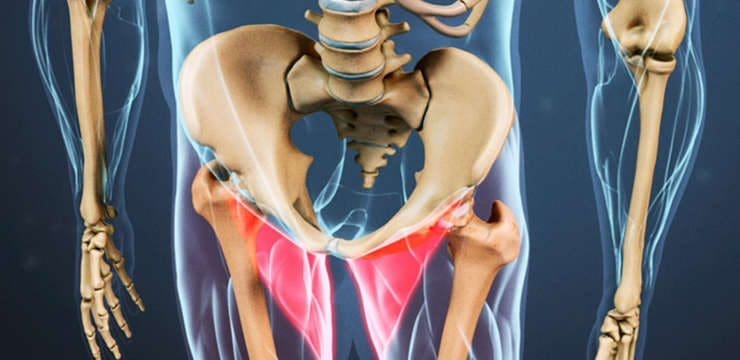
Introduction The muscles surrounding the hips in the lower extremities provide stability to the lumbar spine and pelvis while allowing mobility, flexibility, and rotation to the groin,…
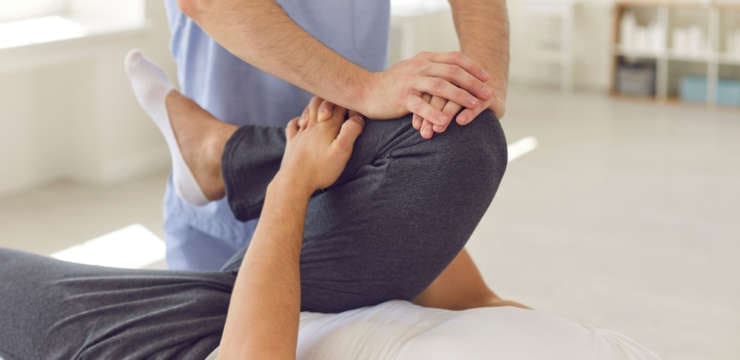
Introduction We are constantly on the move throughout the day, from walking, running, or standing doing errands, all because of the lower and upper portions…
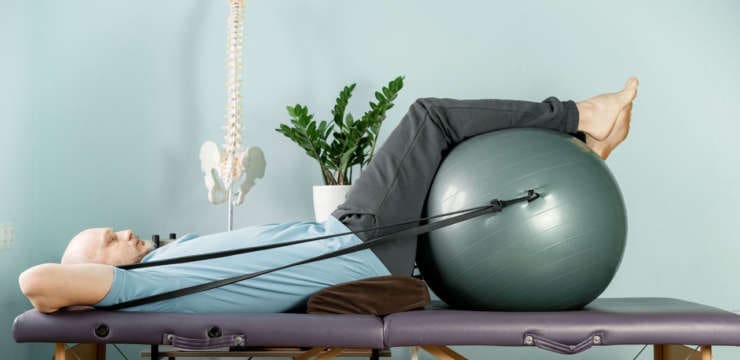
Resistance band exercises can be very useful for injury rehabilitation. As a part of a chiropractic neuromusculoskeletal treatment plan, personalized rehabilitation exercises using resistance bands…